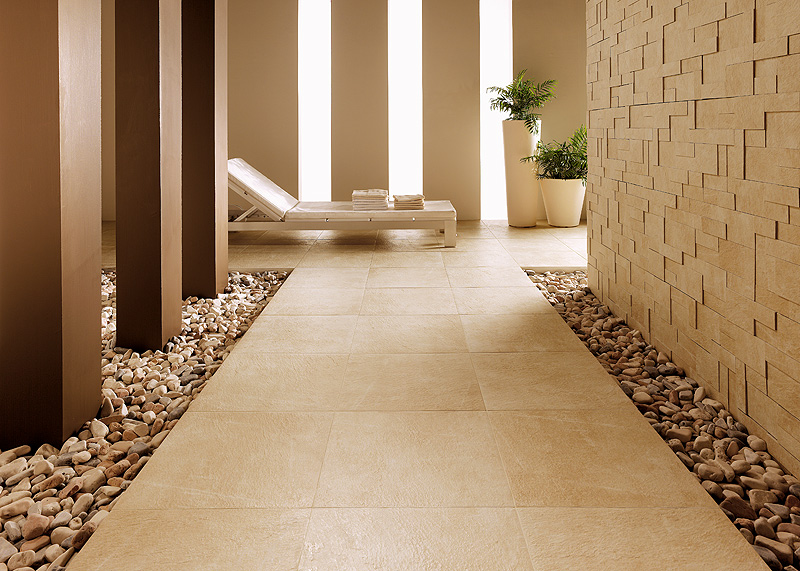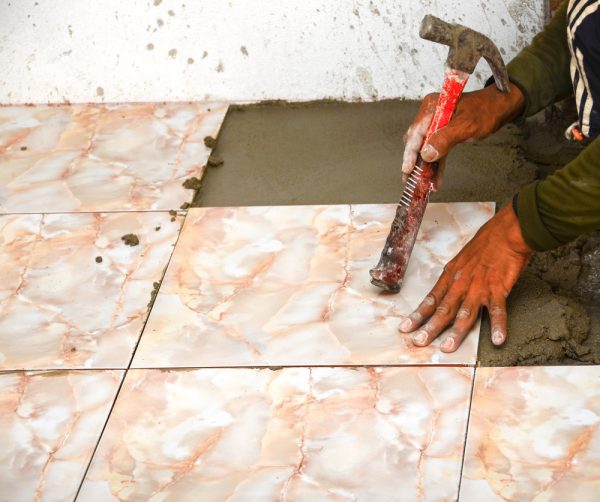Whether you are planning on building a new home or want to remodel your existing one, choosing the right loose tiles may not be the first thing that will come to your mind. But because of the many types of loose tiles today and their respective applications, it is best to collect as many details about them as possible.
Loose tiles are usually found on countertops, appliances and cabinets. They can also provide beauty to bathrooms, kitchens, and entryways. Before you purchase your new set of loose tiles, getting to know some facts about them would be ideal. Here are some fascinating and fun facts, along with some tips that can help you feel confident about the tiles that you are eyeing.
Facts About Loose Tiles
- Tiles have been here for centuries. The first tiles were found in Egypt during an archaeological dig, which also dates back to around 4,700 BC.
- Ceramic tiles are one of the most common types of tiles, and they have the biggest variety.
- Tiles are the first choice for bathroom wall coverings because they are mould-resistant, non-porous, and very easy to clean.
- Marble tiles and real stones, more expensive and are difficult to work with. They are also porous and needs to be sealed; on the other hand, they are smartly engineered and very realistic faux alternatives today.
- Porcelain tiles are much more expensive compared to ceramic. But porcelain tiles are very much stronger, which makes them perfect for high traffic areas. They are also available in bigger formats of up to two feet square.
Continued
- The Italian name for finger tiles is Listellos. They are short, narrow, and small tiles that are available in different colours or shades. They are used as decorative features and borders in high-end tile installation.
- Wall tiles are known to be lighter, smaller, and thinner. They are also known to be weaker and can’t withstand specific temperature changes. This is the reason why using wall tiles on your flooring is highly not advisable.
- Mosaic tiles are known to be small tiles that have been used for millennia as decorative patterns. Today, mosaics are supplied on cloth backing, which makes installation easier compared to before.
- Tiles must be installed on a surface that is flat because if not, it will loosen or crack over time. Uneven floorings can be fixed by self-levelling cement compounds, while walls can be plastered or filled if there are imperfections or small holes in them. But for floorings or walls with a much bigger issue, re-hanging new drywall may be necessary.
- Tile cement is known as a premixed mortar, which only needs the addition of water to create a glue-like and thick paste. It is used to stick the tiles to floorings and walls. The gaps between the tiles on the floor and walls are filled with grout, which is a fine powder cement that comes in different colours.


